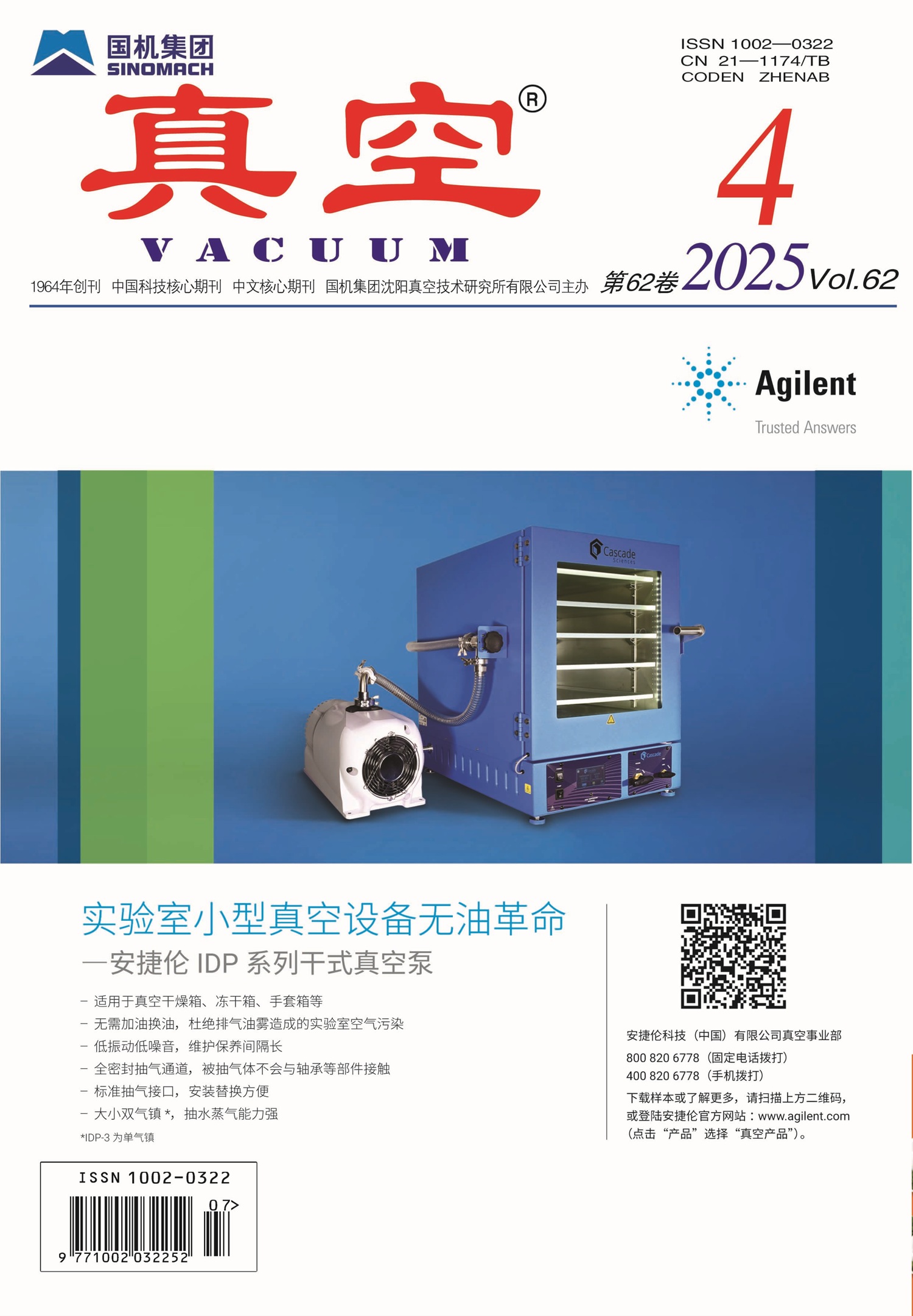|
|
Development and Testing of Air Tightness Test System for Divertor of EAST
WEI Jun, HAN Jiang, ZUO Guizhong, WU Jiefeng, HU Yufeng, SHANG Mingming
VACUUM. 2025, 62 (4):
1-6.
DOI: 10.13385/j.cnki.vacuum.2025.04.01
The high parameter operation of the magnetic confinement fusion device requires a good vacuum environment, and the divertor is the core component of the Tokamak device. The divertors have two operating conditions of high temperature nitrogen baking and water cooling, and there is a great risk of leakage, so the leak detection of the divertor component is very important. In this paper, a set of baking leak detection system is set up to meet the air tightness testing requirements of the lower EAST divertor, which can simulate the high temperature and normal temperature environment of the divertor during operation, and test the air tightness of the internal flow channel of the divertor. The as-built air tightness detection system can bake at a maximum temperature of 600 ℃, and the ultimate vacuum can reach 5×10-5 Pa, which can meet the air tightness detection requirements of the lower divertor of EAST under normal temperature and baking at 200 ℃. The measurement error caused by time accumulation of standard leakage is optimized by adding small vacuum chamber. Under normal and high temperature conditions, the minimum detectable leak rate of the system meets the requirements of the positive pressure baking gas tightness testing of the lower divertor, but the background reading of leak detector of the system at high temperature is 1 to 2 orders of magnitude higher than that at normal temperature. This is caused by the release of water vapor and hydrogen under high temperature condition, which can be solved by extending the baking and holding time.
References |
Related Articles |
Metrics
|

 Table of Content
Table of Content
 Table of Content
Table of Content